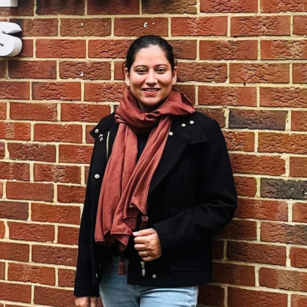In many parts of Africa, societies that remain primarily rural are experiencing accelerated urban growth and highly visible booms in property development. In the absence of significant industrialization, investment is pouring directly into what Lefebvre and Harvey characterized as the ‘secondary circuit’ of capital.
Debates about the drivers of investment in real estate are longstanding in relation to the global North, but have given little consideration to low‐income and late‐urbanizing countries in Africa. Yet such contexts offer important opportunities to reflect on existing theory. Focusing on Kigali and Addis Ababa (both transformed virtually beyond recognition over the past two decades), this article explores the drivers and consequences of investment in urban real estate in countries striving to structurally transform their economies. It argues that a range of formal and informal incentives and constraints have led to high‐end real estate being viewed as the ‘safest bet’ for those with resources to invest, even where demand is limited and governments are promoting other kinds of investment. While some people are reaping urban fortunes in largely untaxed rents, much of the construction is purely speculative, creating landscapes of unused and underused high‐end properties in contexts where investment is desperately needed elsewhere.
